A Naturalist's Voyage Round the WorldChapter VTwo Species of OstrichWhen at the Rio Negro in Northern Patagonia, I repeatedly heard the Gauchos talking of a very rare bird which they called Avestruz Petise. They described it as being less than the common ostrich (which is there abundant), but with a very close general resemblance. They said its colour was dark and mottled, and that its legs were shorter, and feathered lower down than those of the common ostrich. It is more easily caught by the bolas than the other species. The few inhabitants who had seen both kinds, affirmed they could distinguish them apart from a long distance. The eggs of the small species appeared, however, more generally known; and it was remarked, with surprise, that they were very little less than those of the Rhea but of a slightly different form, and with a tinge of pale blue. This species occurs most rarely on the plains bordering the Rio Negro; but about a degree and a half farther south they are tolerably abundant. When at Port Desire, in Patagonia (lat. 48°), Mr. Martens shot an ostrich; and I looked at it, forgetting at the moment, in the most unaccountable manner, the whole subject of the Petises, and thought it was a not full-grown bird of the common sort. It was cooked and eaten before my memory returned. Fortunately the head, neck, legs, wings, many of the larger feathers, and a large part of the skin, had been preserved; and from these a very nearly perfect specimen has been put together, and is now exhibited in the museum of the Zoological Society. Mr. Gould, in describing this new species, has done me the honour of calling it after my name.Viaje de un naturalista alrededor del mundoCapítulo VDos especies de avestrucesCuando estuve en el río Negro, en la Patagonia septentrional, a menudo me hablaban los gauchos de un ave muy rara a la cual llamaban Avestrús Petise. Menos abundante que el avestruz ordinario, muy común en esos parajes, se le asemeja mucho. Según los pocos habitantes que habían visto ambas especies, el Avestrús Petise es de un matiz más oscuro, más "tordillo" que el avestruz vulgar; tiene las piernas más cortas y sus plumas descienden más abajo; por último, se le coge mucho más fácilmente con las bolas. Añadían que las dos especies pueden distinguirse desde mucha distancia. Los huevos de la especie pequeña, sin embargo, parecen ser más generalmente conocidos, y se nota con sorpresa que se encuentran en un número casi tan cuantioso como los de la especie Rhea; son de una forma algo diferente y tienen un ligero tinte azul. Esta especie es muy rara en las llanuras colindantes con el río Negro, pero abunda mucho como grado y medio más al sur. Durante mi visita a Puerto-Deseado, en Patagonia (latitud 48º), Mr. Martens mató a una hembra de avestruz. La examiné y llegué a la conclusión de que era un avestruz común que no se había desarrollado aún por completo; cosa muy extraña y que no puedo explicármela, en aquel momento no se me ocurrió la idea de los Petises. Hízose cocer el ave y fue comida antes de venirme esto a la memoria. Por fortuna, se habían conservado la cabeza, el cuello, las patas, las alas y la mayor parte de las plumas grandes y de la piel. Por tanto, pude reconstituir un ejemplar casi perfecto, que está hoy en el Museo de la Sociedad Zoológica. Al describir Mr. Gould esta nueva especie, me ha conferido el honor de darle mi nombre.
Viaje de un naturalista alrededor del mundo
(Traducción Manuel Vílchez de Serradel,1906)
Charles Darwin

































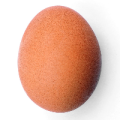
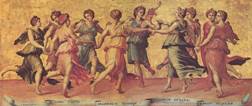
































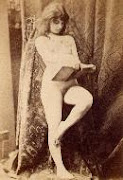














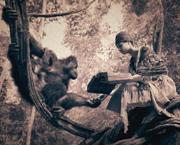





























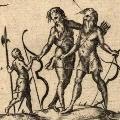


No hay comentarios:
Publicar un comentario